On the Front Line of Climate Change
Some of the planet’s most iconic animals live in the vast frozen icescape of the Antarctic, which is on the front line of the climate crisis. Surviving and adapting in this rapidly changing environment is becoming increasingly challenging for the wildlife that calls it home.
For Adélie penguins, loss of sea ice threatens to deplete their main source of food – Antarctic krill. These tiny shrimp-like creatures need sea ice to breed and feed under. They also support many other species, such as Antarctic blue whales, the largest animal to have lived on our planet. Without krill, the entire Antarctic ecosystem as we know it would be very different.
Discovering Priority Areas
Understanding which areas of the Antarctic are most important for wildlife is essential, so we can plan how best to protect them from the current and future threats. In 2020, over a decade of research came together to give us a unique insight into some of these crucial habitats.
In a study led by the Scientific Committee on Antarctic Research (SCAR) and supported by WWF, we helped to bring together 4060 individual animal tracks from 17 predator species including humpback whales, emperor penguins, southern elephant seals and wandering albatross collected by more than 70 scientists across 12 national Antarctic programmes. By identifying, mapping and modelling areas of the Southern Ocean where several predator species gather together, we were able to identify ‘biodiversity hotspots’. The most important of these areas were around the Antarctic continental shelf including East Antarctica, the Antarctic Peninsula & Scotia Arc and the sub-Antarctic islands in the Indian sector of the Southern Ocean.
What We Achieved
Due to the vast and remote nature of Antarctica and the Southern Ocean, studies like this have proved challenging in the past. Analysing data from a ten-year period, for 17 different species, was a huge, but highly valuable, task.
With the help of WWF supporters, we’re one step closer to safeguarding key feeding sites in the Southern Ocean, and the wildlife that depends on them. We’re using the results of this study to identify important places needing greater protection and push for the creation of a vast network of effective marine protected areas surrounding Antarctica.
As temperatures rise in the polar regions, scientists will continue to assess the impacts using techniques like this. The more we know about Antarctic wildlife, the better we can protect it.
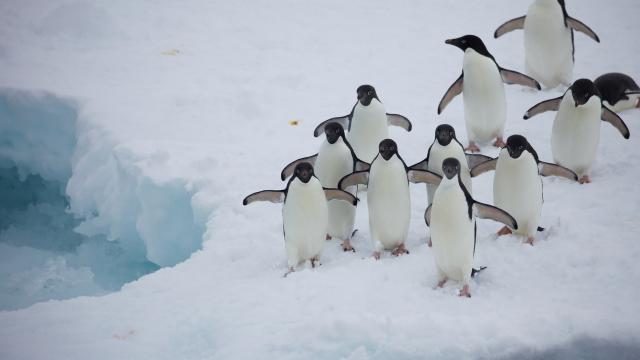
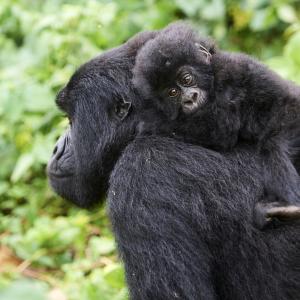 Our success stories: what we've achieved together
Our success stories: what we've achieved together
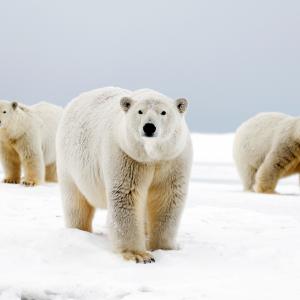 Top 10 facts about polar bears
Top 10 facts about polar bears
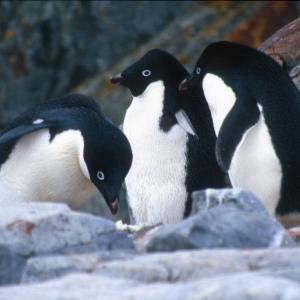 Top 10 facts about Adélie penguins
Top 10 facts about Adélie penguins
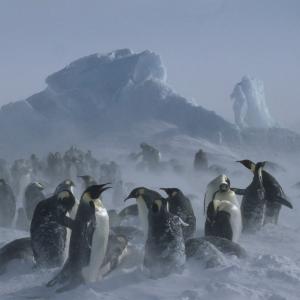 Antarctica: a massive frozen landmass
Antarctica: a massive frozen landmass